If you're learning about radios, it's important to understand the key differences between digital and analog radios. Explaining all the details of the digital vs. analog radio debate would require a lengthy technical article, and that would be overwhelming for beginners, so we'll give you the simplified Cliff's Notes version instead.
Most consumer-grade two-way radios and walkie-talkies are analog, meaning they send information (i.e. your voice) in a continuous wave. Digital radios convert information into packets of binary data (ones and zeros), which are sent over the air and converted back into audio by the receiver. Rather than a continuous wave, digital signal is intermittent.
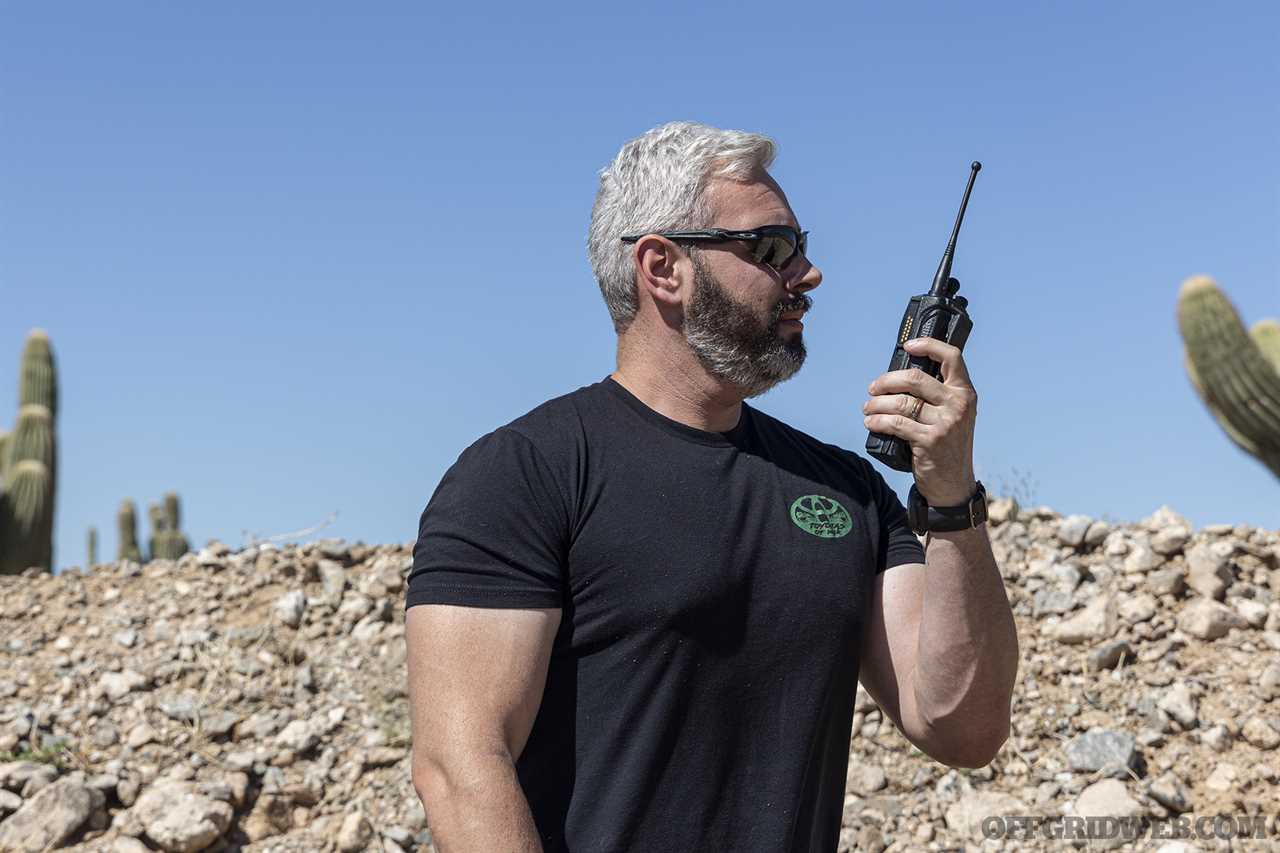
In practical terms, this means that the quality of analog transmissions gradually declines as distance increases. If you’re near the edge of an analog radio’s range, voices may sound garbled or may be drowned out by white noise. On the other hand, digital radios maintain loud and clear audio quality all the way to the end of the covered area, at which point signal will cut out completely.
Pros and Cons of Digital Radios
For the sake of brevity, we’ll leave you with some general pros and cons for digital radio:
PROS
- Clearer audio quality
- Longer usable range
- Up to 50-percent longer battery life due to low standby power consumption
- Capable of transmitting voice or data (text messages, GPS coordinates, caller ID, etc.)
- Capable of “splitting” channels to allow simultaneous private conversations from multiple users
- Wide variety of encryption and privacy features
CONS
- Vastly more expensive than analog
- Programming has a steep learning curve, and often requires special (expensive) equipment and/or software
- Most systems are designed for enterprise applications with dozens of radios, making features unfriendly to personal or family use
Digital vs. Analog Radios Infographic
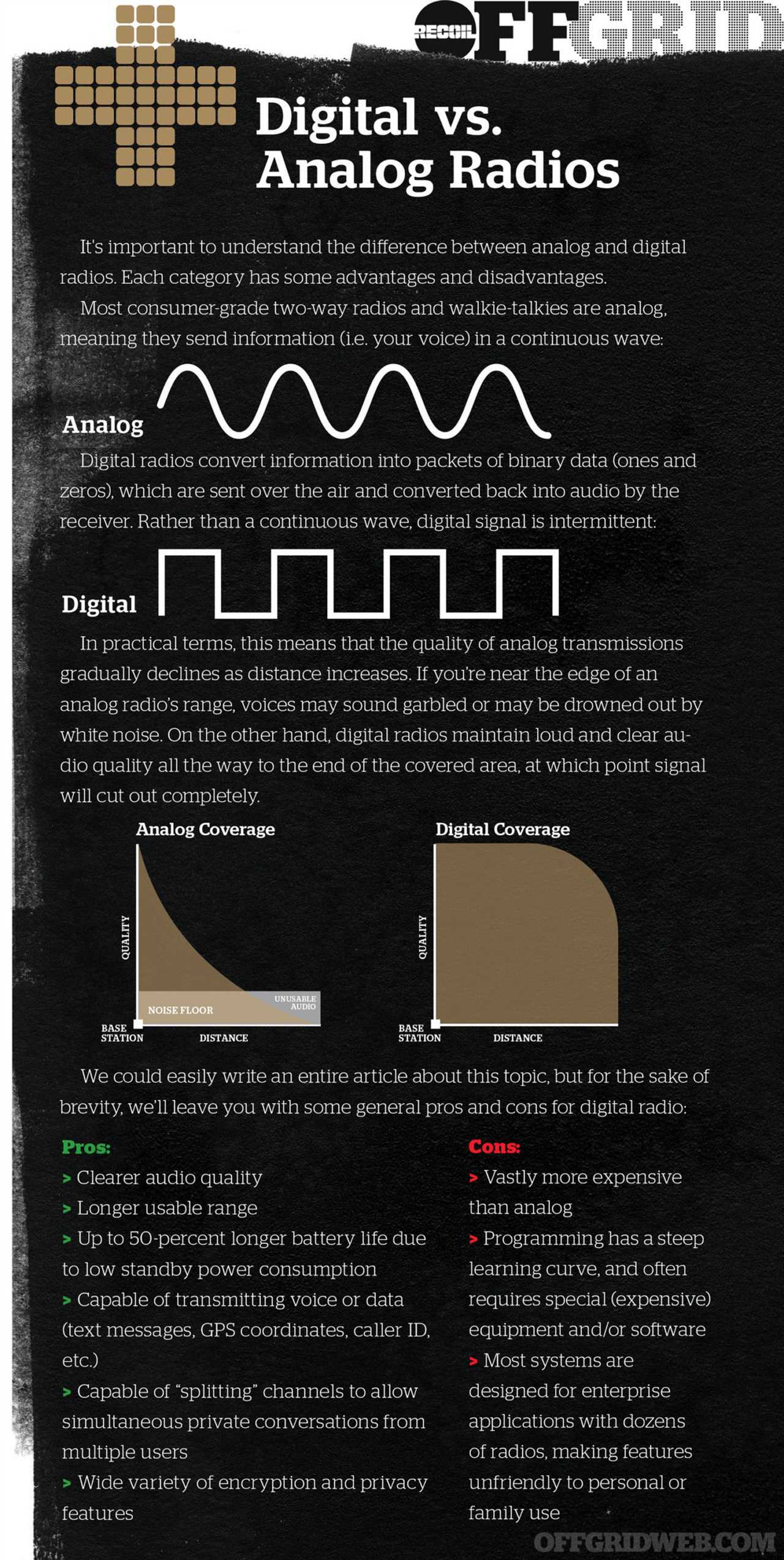
Related Posts
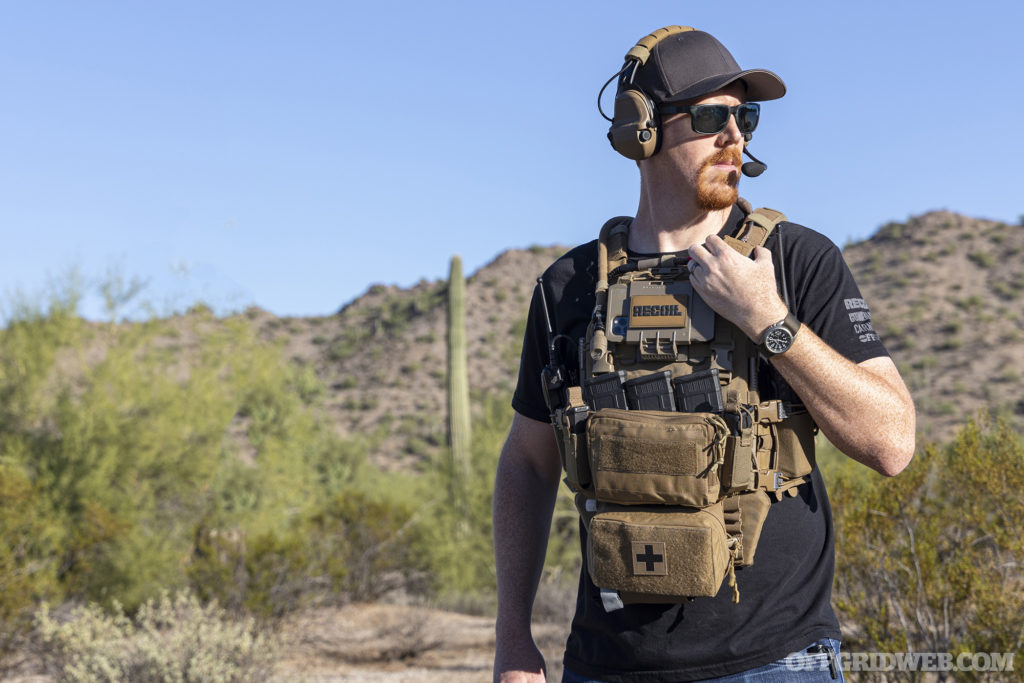
Plate Carrier Radio Setups: Safariland Liberator & Silynx ClarusHere are two plate carrier radio setups from Safariland and Silynx that integrated our encrypted handhelds into our load-bearing gear.
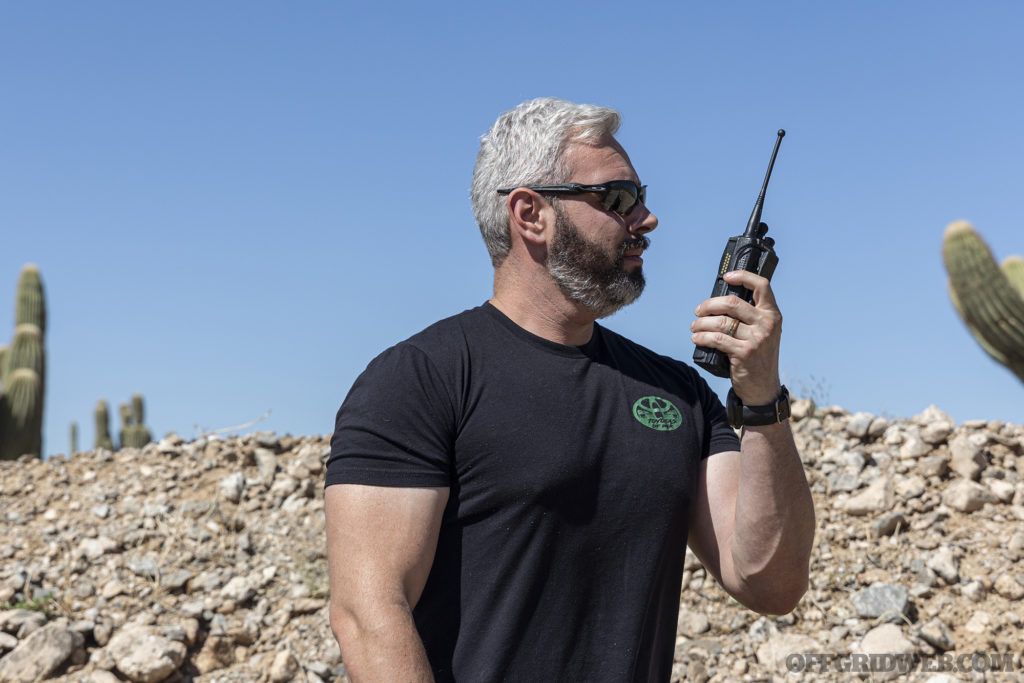
Encrypted Radios: Off Grid Comms Offers AES-256 Encryption for CiviliansOff Grid Comms offers ready-to-use encrypted radios for civilians. They're based on the P25 digital standard with AES-256 encryption.
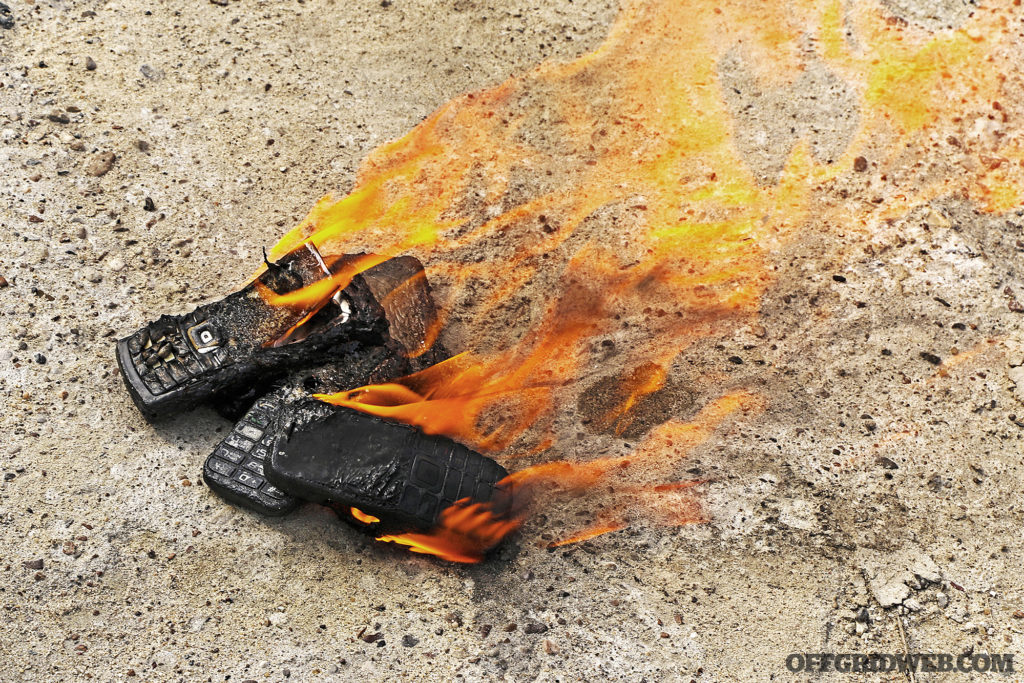
Burner Phone Basics: How to Set Up an Anonymous Prepaid PhoneToday, threats to privacy abound. Those of us who require anonymity can still get it through the use of a prepaid, disposable burner phone.
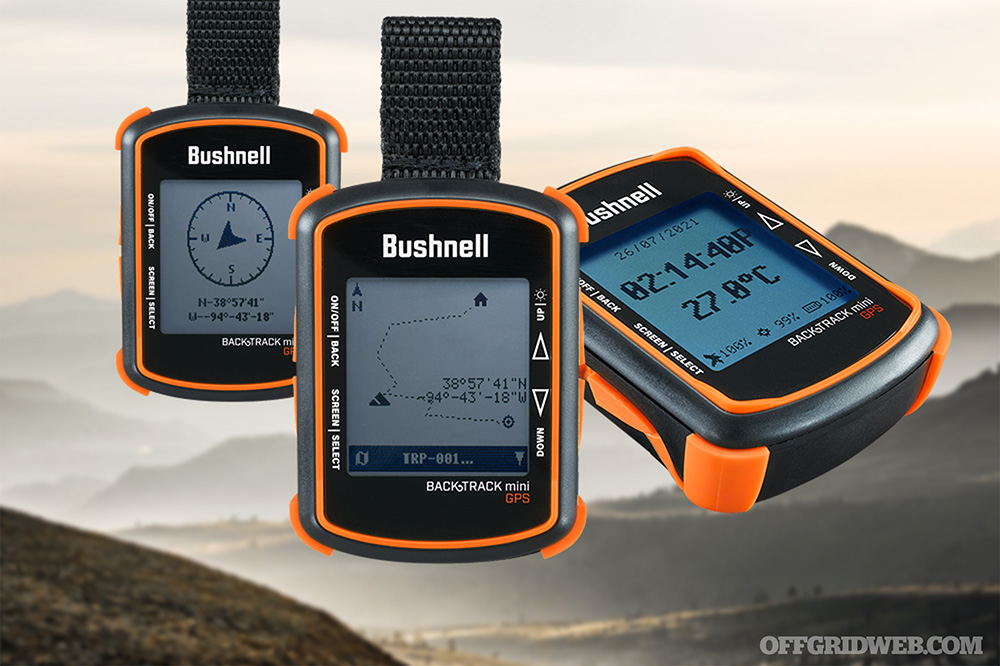
New: Bushnell BackTrack Mini GPS UnitThe new Bushnell BackTrack Mini GPS unit offers navigation, weather tracking, and Bluetooth connectivity at an affordable price point.

Letter from the Editor: On the Cutting EdgeFor our final issue of a chaotic year, we’re focusing on how to survive with the aid of technology instead of abandoning it wholesale.
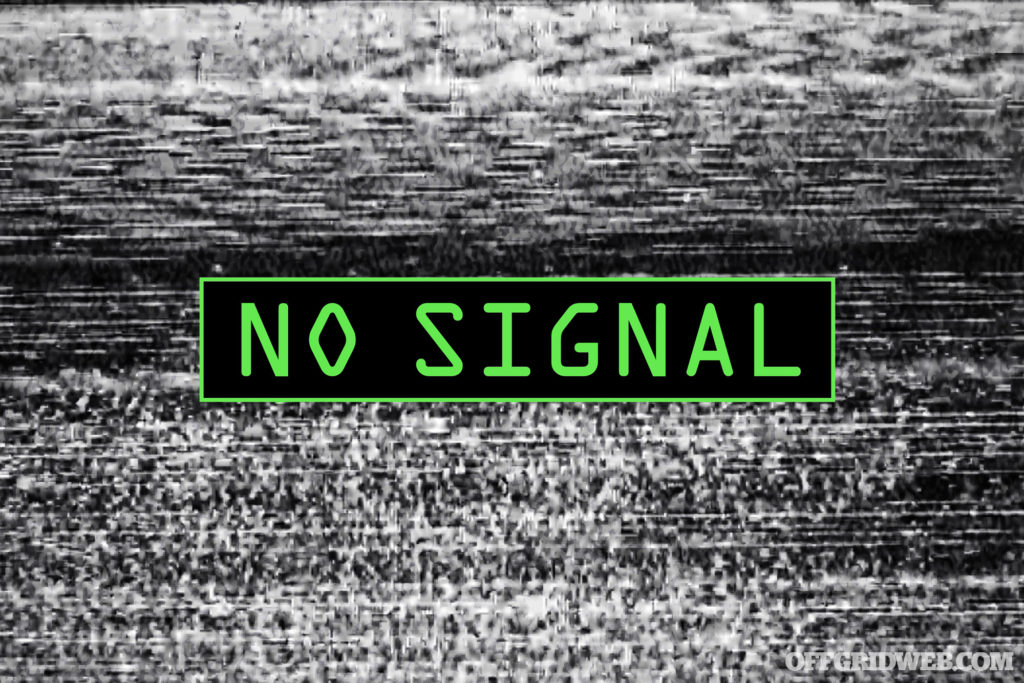
Letter from the Editor: Glitches in the MatrixToday, we live under an ever-increasing burden of technology. It seems as if, everywhere we turn, it plays a greater role in our daily lives.
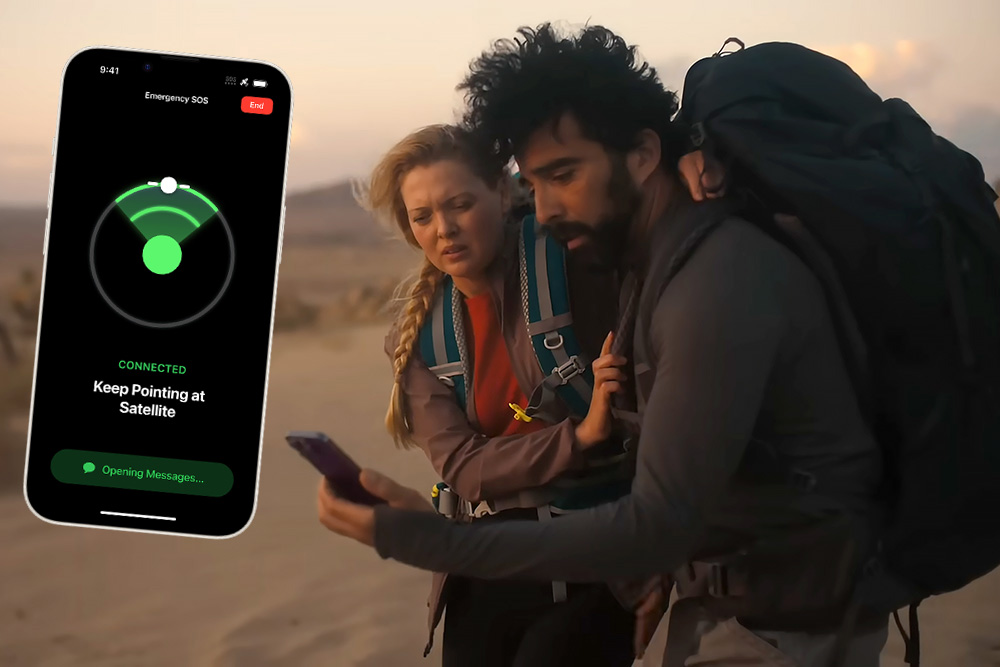
iPhone 14 Adds Satellite SOS and Crash Detection FeaturesThis week, Apple announced some new emergency preparedness capabilities for the iPhone 14: automatic car crash detection and satellite SOS.
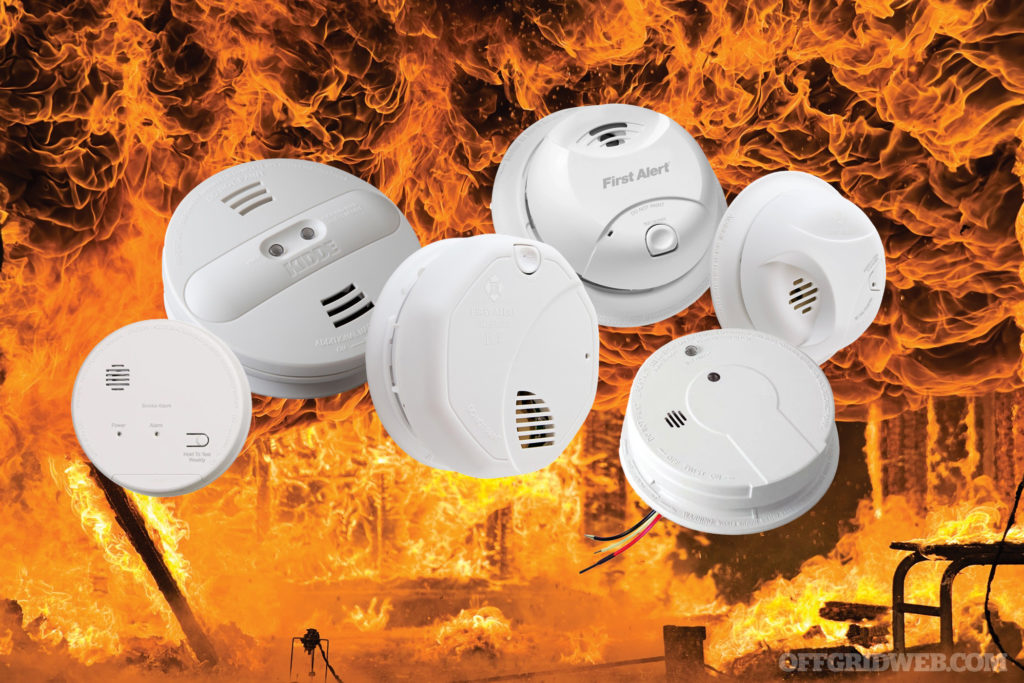
Smoke Alarms: An Overlooked Emergency PrepSmoke alarms are an emergency preparedness tool every house has, but one that we rarely think about... unless one is beeping at 3 a.m.
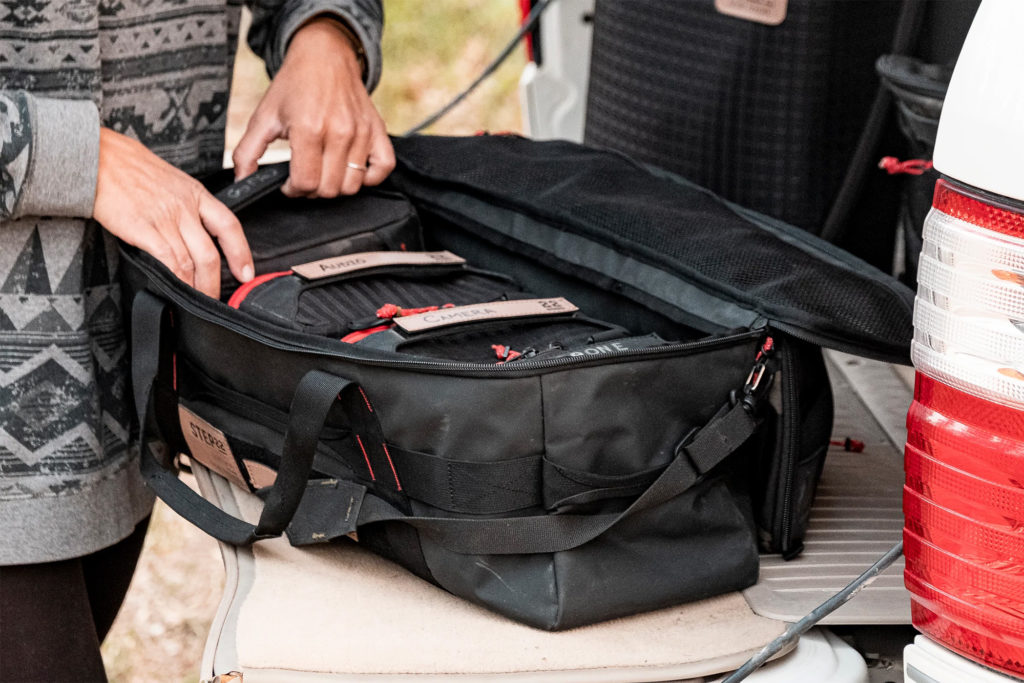
New: STEP 22 Tamarin Trunk Gear BagSTEP 22 has released a new Tamarin Trunk bag that's designed to keep your vehicle emergency gear organized and accessible.
The post Infographic: Digital vs. Analog Radios appeared first on RECOIL OFFGRID.
By: Offgrid Staff
Title: Infographic: Digital vs. Analog Radios
Sourced From: www.offgridweb.com/preparation/infographic-digital-vs-analog-radios/
Published Date: Mon, 16 Jan 2023 12:00:52 +0000
------------------------
Did you miss our previous article...
https://bushcrafttips.com/bushcraft-news/pepper-spray-laws-in-california
 What is BushcraftSurvival SkillsToolsVideosBushcraft CampsBushcraft KitsBushcraft ProjectsPrivacy PolicyTerms And Conditions
What is BushcraftSurvival SkillsToolsVideosBushcraft CampsBushcraft KitsBushcraft ProjectsPrivacy PolicyTerms And Conditions
